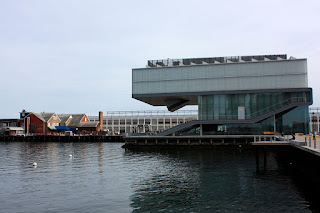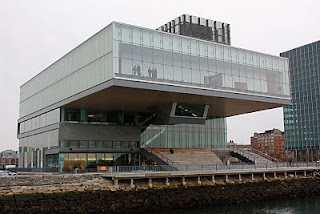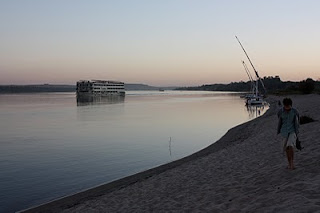
Harvard also helps others to become green, the instructions for organic grass can be found at: http://www.uos.harvard.edu/fmo/landscape/organiclandscaping/

I could easily think of some other ways in which Harvard could decrease its environmental footprint starting obviously with my daily headache topic: paper cups and plates (used in the lunch seminars). As 20 000 students walk around the corridors and yards of Harvard, the university should use its influence to make the area around Harvard Square a little bit greener (and I don’t just mean organic grass!). I’ve become increasingly aware that we shouldn’t put too much faith in the global politics of solving environmental problems, instead we should really focus on small steps taken on the local level (I know that someone before me invented this). Pushing the local business to more ecologically sustainable production seems like the only way to go forward.
I’m not saying that local action is easy either. I tried to convince my local café owner to change to real mugs instead of paper cups, the old Asian man didn’t understand me and was first offering me another paper cup. The problem was at first the language but I guess the real problem was purely conceptual: “what is wrong with paper cups?” Pronouncing “ecological” didn’t seem to ring a bell in this man’s head. Instead of trying to explain him my rationale again, I think I just walk a bit further to The Biscuit at 406 Washington Street in Somerville . They have real mugs (they also have "Helsinki" sandwich) that made my coffee taste so good that I was inspirited to send them an email thanking them. The Biscuit replied:
“Thanks for your input! Yes, in addition to our use of real plates & mugs, we also recycle the majority of our plastics & cardboard, we have a compost program for our food refuse, and we use organic produce, dairy products and flour products, when available. We are members of a Maine food-co-op program that encourages locally-grown products in much of what we do, and during the Framers' Market season (April thru October), we not only participate in a large number of markets, but we actively encourage "product swap" with farmers and other local producers. Given the large amount of product that we do use to produce our pastry goods, it is not always possible to "go local", but we do what we can, when we can. Thanks again for your interest!”
I guess I'm off to The Biscuit now...



























